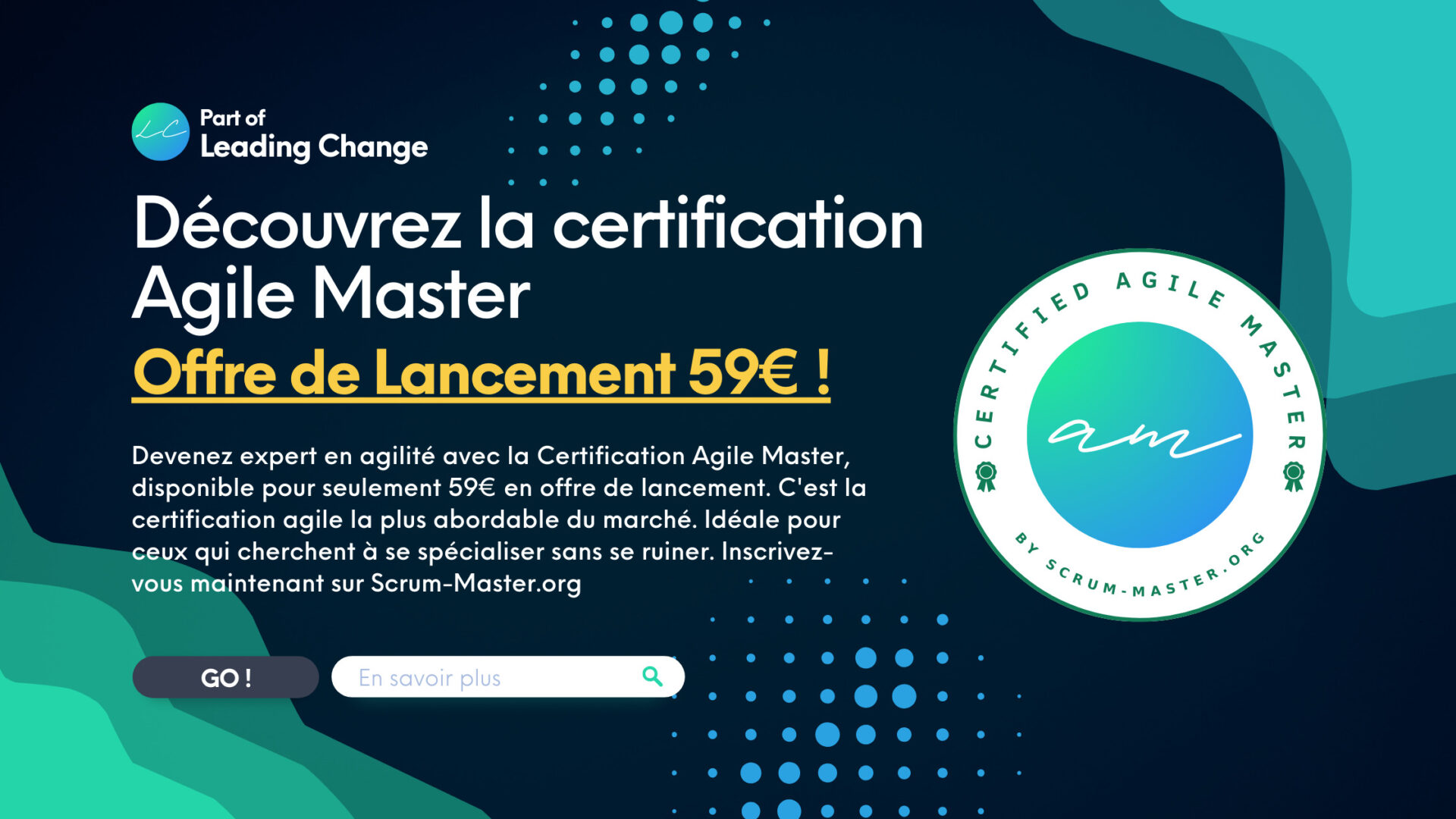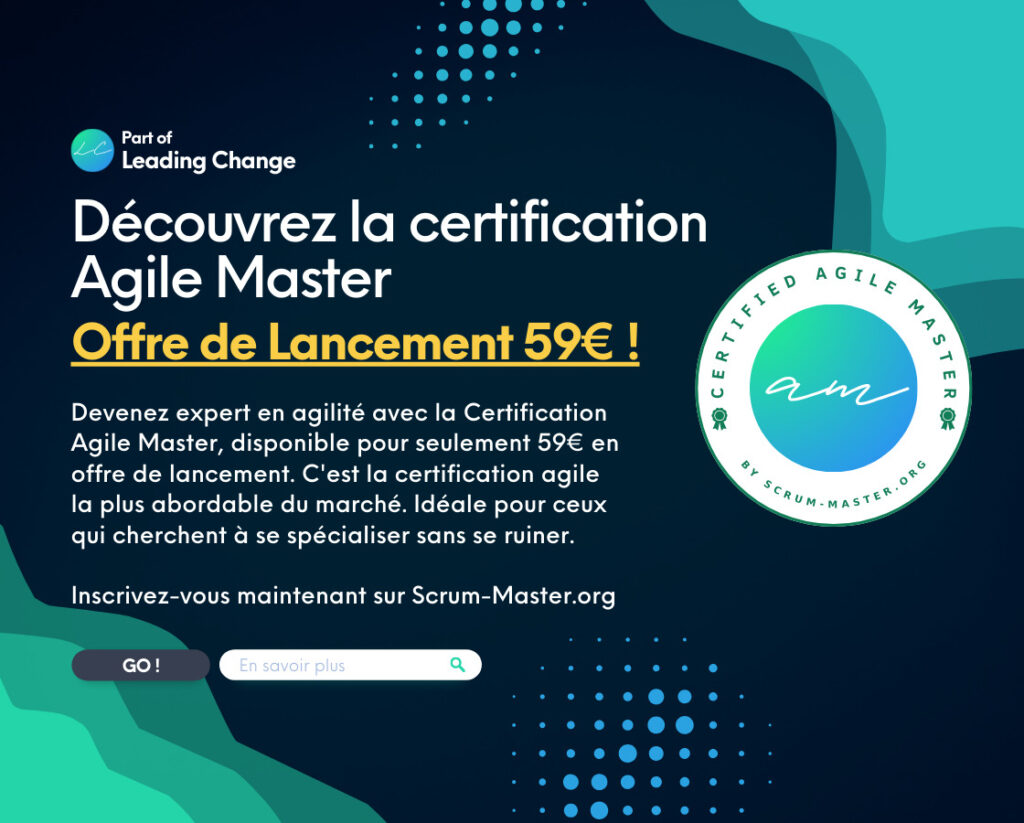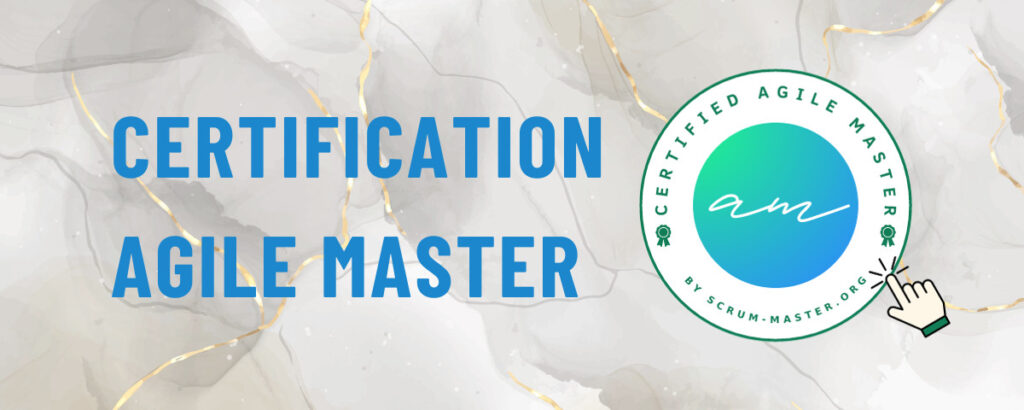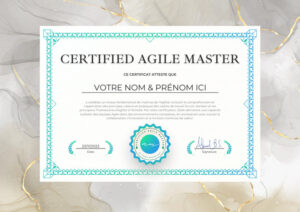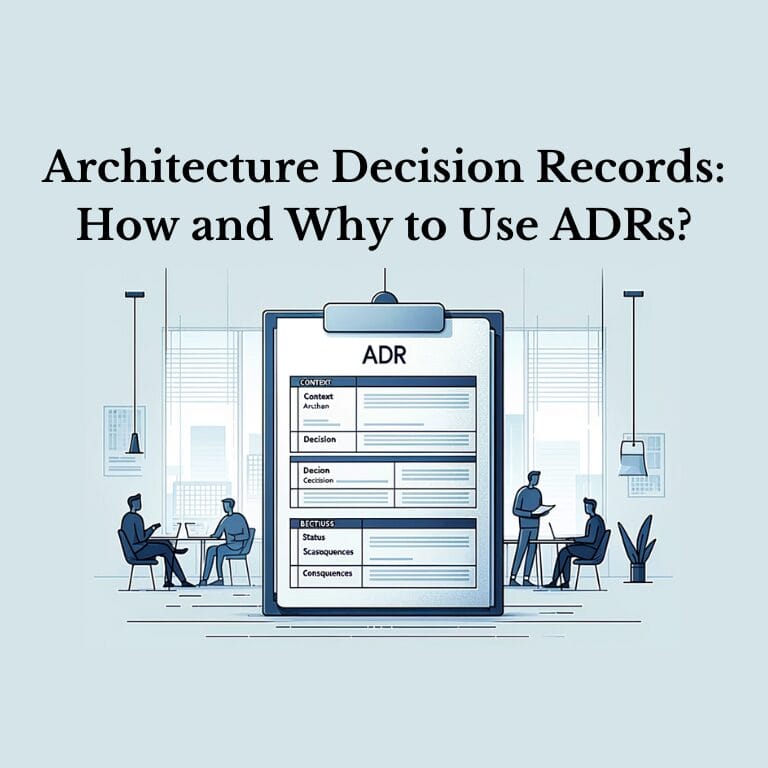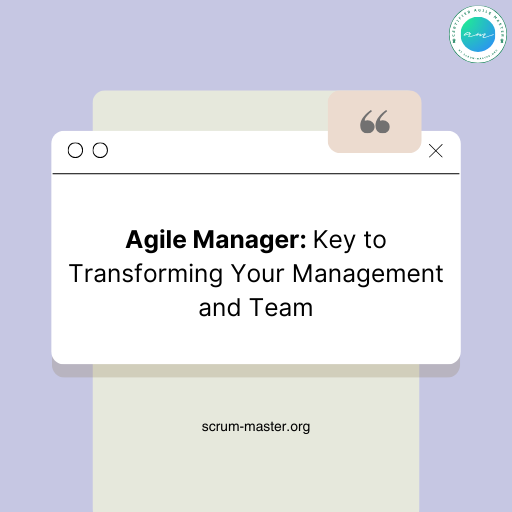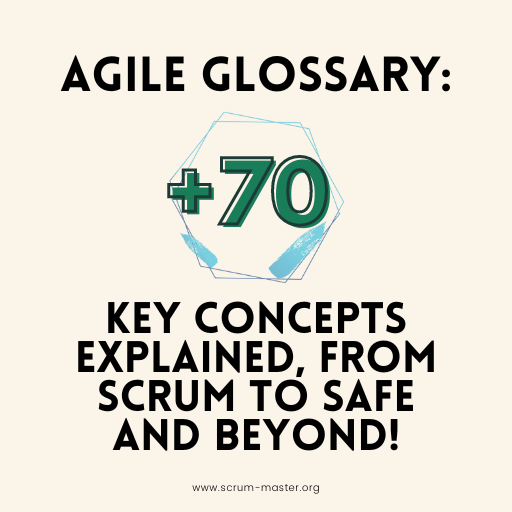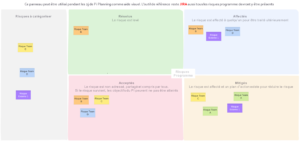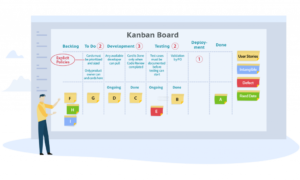The INVEST criteria serve as a compass for navigating the complex process of creating User Stories. This article goes to the heart of these criteria, shedding light on how these principles can transform User Stories from simple ideas into powerful tools for realizing agile product development.
Defining a User Story
User Stories sit at the heart of Agile methodologies, offering clear and brief narratives that encapsulate the needs and expectations of users. Written mainly by the Product Owner, these stories facilitate effective dialogue between developers and stakeholders or clients, guaranteeing that the final product meets user demands.
How do you write a good User Story?
When writing an agile User Story, it’s crucial to follow a clear, user-focused structure. Here’s a detailed guide:
Start with "As a" (Answering 'Who?'):
Begin each User Story by identifying the user type, framing the feature from the user’s perspective to ensure the development meets an actual need. For example, “As an administrator”.
"I want" (What?):
Articulate the desired action or feature. It should be clear and jargon-free, understandable to all. For instance, “I want to add new products to my e-commerce site.”
"So that" (Why?):
Clarify the feature’s purpose or benefit. This connects the request to a user advantage, emphasizing the User Story’s significance.
By adhering to this three-part structure, User Stories guide the Product Owner in clarifying the ‘Who’, ‘What’, and ‘Why’, without delving into the ‘How’ (the technical aspect). This gives Scrum team developers ample room to innovate and devise the best technical solutions while focusing sharply on fulfilling users’ essential needs.

Example of a User Story (used throughout this article) :
Below, you’ll find a User Story example that we’ll refer to later in the article :
- Title : “Improvement of the Product Search Bar in the Catalog”.
- Content : “As a customer, I want to filter products by price, categories, and customer ratings, so I can quickly find what I’m looking for.”
This User story offers a clear and concise understanding of the customer’s need, remaining flexible for future adjustments. It fosters collaboration between the team and the Product Owner, where details and solutions can emerge from open dialogue, unlike a rigid specification document that the development team must follow verbatim. This example underscores the importance of clarity, relevance, and adaptability in crafting Agile User Stories.
Defining INVEST Criteria for a User Story
As Scrum Master or Product Owner, it is crucial to guide the Scrum team towards the creation of User Stories that effectively integrate the INVEST criteria. Each of these criteria plays a specific role in improving the quality and relevance of the User Stories in the Product Backlog :
Independent
Each User Story should be capable of standing on its own, developed and tested independently from others. This autonomy enhances the flexibility in task planning and prioritization, allowing for more agile responses to changes.
Negotiable
A User Story is not a rigid contract but rather a conversation starter. It’s meant to be flexible and open to adjustments based on the team’s insights and the evolving needs of the project. This negotiability ensures that the story can adapt over time to provide the most value.
Valuable
The essence of a User Story is the value it delivers to the end-user. Each story should make a significant contribution towards meeting user needs and enhancing their satisfaction with the product. It’s crucial to always focus on how the story benefits the user directly.
Estimable
For effective sprint planning and resource allocation, User Stories need to be clear enough for the development team to estimate the required time and effort. This clarity helps in setting realistic expectations and managing project timelines efficiently.
Small
To maintain momentum and ensure continuous delivery, User Stories should be of a manageable size. Ideally, they should be small enough to be completed within a single Sprint, yet substantial enough to deliver tangible value. This balance keeps the team productive and the project moving forward.
Testable
One of the key aspects of a User Story is its testability. There should be clear criteria in place to verify that the story’s objectives have been achieved and that it meets the defined user needs. This testability is crucial for assessing the story’s success and ensuring that it fulfills its intended purpose.
By adhering to these INVEST criteria, teams can craft User Stories that are not only clear and actionable but also aligned with the overarching goals of the Agile project, ensuring a successful and user-centered development process.
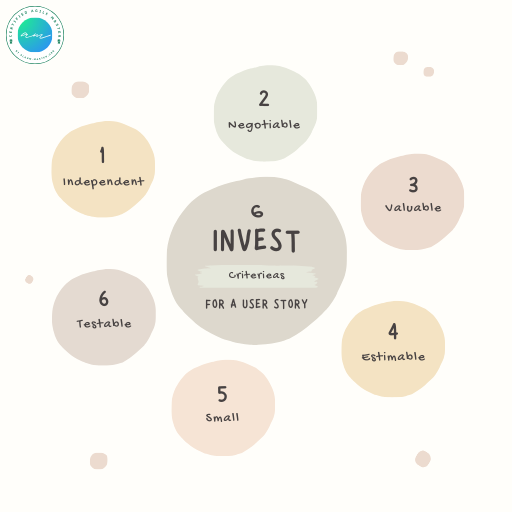
How Our Example User Story Fits INVEST:
Our example User Story (“As a customer, I want to filter products by price, categories, and customer ratings, so I can quickly find what I’m looking for”) embodies INVEST as it is:
Independent: Can be developed apart from other site features.
Negotiable: Filtering details can be adjusted based on customer needs and technical capabilities.
Valuable: Significantly enhances user experience on the site.
Estimable: Development time and resources can be assessed by the team.
Small: Task is small enough for completion in a sprint.
Testable: Clear testing criteria can be established to verify functionality.
Interesting videos on Youtube to understand INVEST in a few minutes
Reading list
FAQ on User Stories and the INVEST Method in Agile
The INVEST acronym helps to clarify and set precise goals for each Story, thus enhancing task planning and execution during the Sprint. It also promotes transparency and collaboration within the team. By implementing these criteria during Backlog Refinement meetings, we ensure that each User Story is ready to be developed by the development teams in upcoming Sprints.
Using Custom Fields:
- First, check if your Jira instance supports custom fields. If not, contact your Jira administrator to add them as needed.
- Create a “Checklist” or “Verification List” type custom field in Jira. Each item on this list will represent an INVEST criterion.
- When creating a new User Story, fill in the checklist field with the relevant INVEST criteria.
Using the User Story Description:
- You can also incorporate the INVEST criteria by manually adding them to the User Story description. When creating a User Story, include a checklist of INVEST criteria in the description as follows.
Using Jira Automation (if applicable):
- If you want to automate adding INVEST criteria into the description when creating User Stories, explore the possibilities offered by Jira Automation using custom rules for this task.
If you are new to Jira and wish to master the basics, read our beginner’s tutorial on Jira and Confluence.
To make a User Story independent, identify elements that make it dependent on other Stories. Then, consider modifying the Story to remove these dependencies, or use “stubs” or simulations for functionalities not yet developed. This way, the User Story can be developed and tested independently, without waiting for the completion of other functionalities.
A good User Story should be clear, concise, and user-focused. It must clearly describe the customer’s need and the expected benefit. The classic structure “As a [user], I want [action or feature] so that [outcome or benefit]” helps maintain focus on the functionality’s objectives.
At Leading Change, developers play a crucial role in shaping user stories, bringing their technical expertise to ensure the stories are feasible and testable. They work closely with the Product Owner to refine details and ensure each story adds value.
In the Scrum method, to prioritize multiple user stories in a product backlog, it’s best to use effective prioritization methods suited to your context. In the section of our Blog: Prioritization Techniques, you will find a series of articles we have created that deeply explore various prioritization frameworks.

